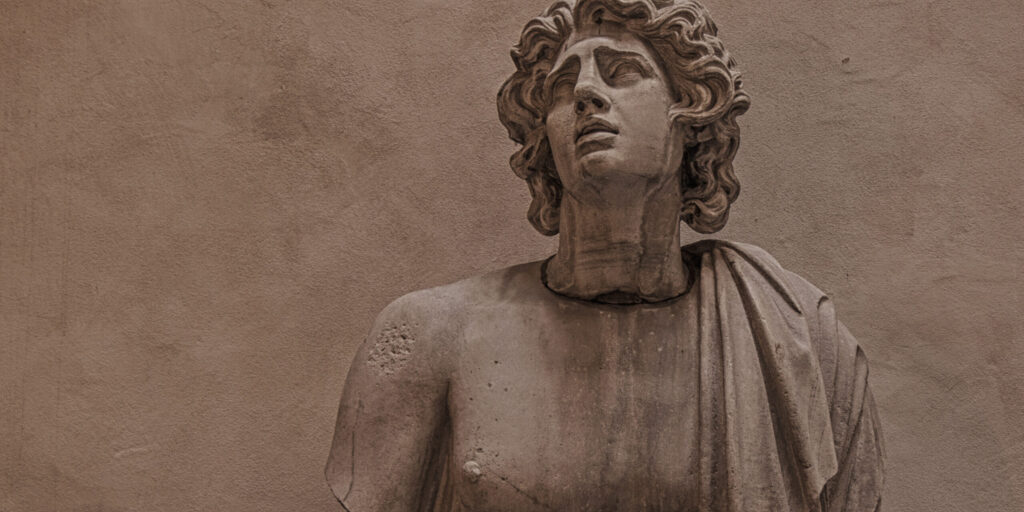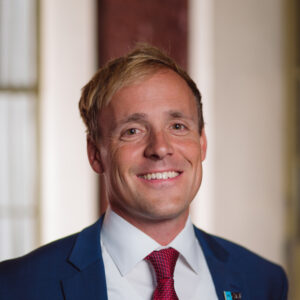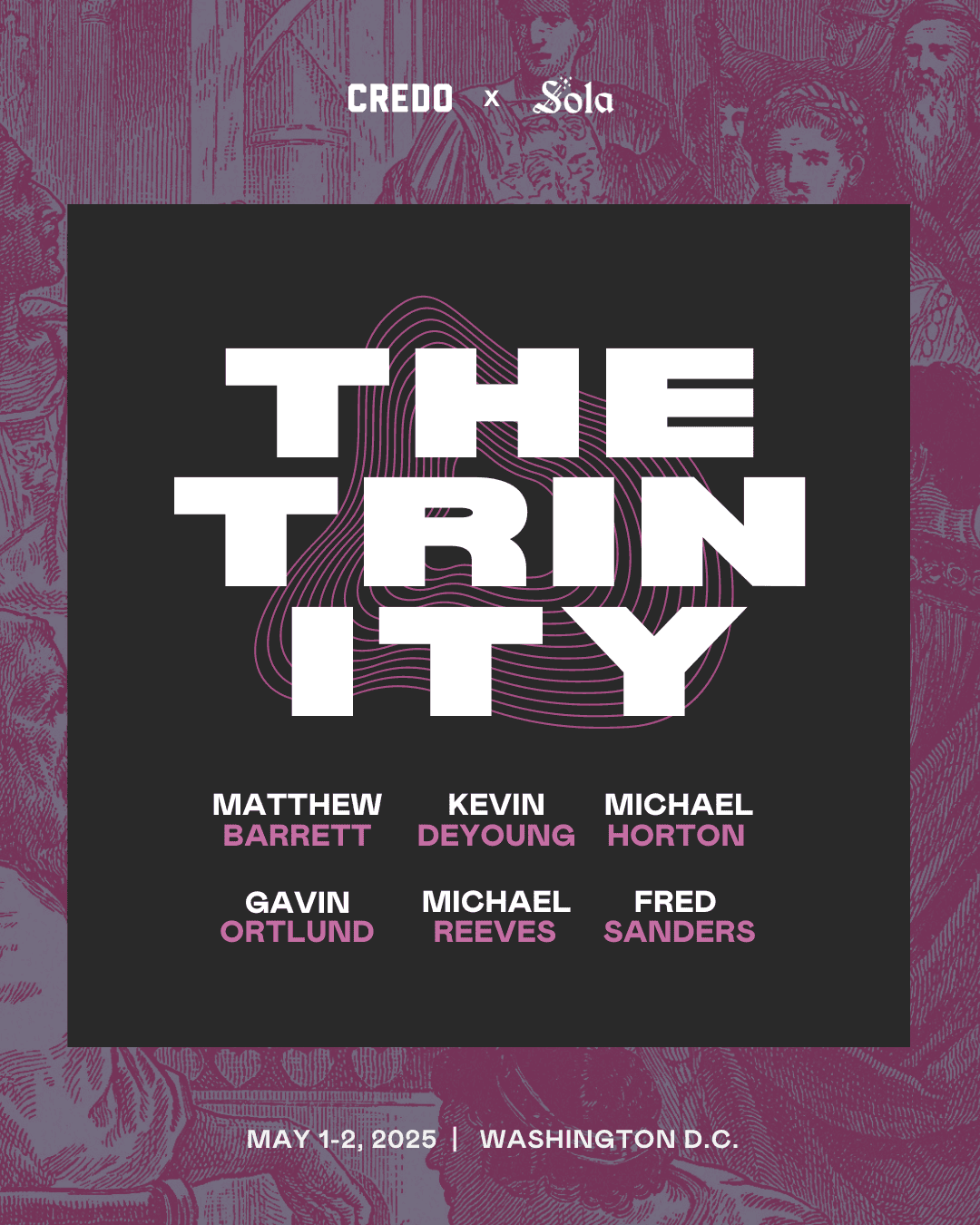
Mind and Heart
About eighty years ago, Mrs. Oswald Fleming (a British mystery novelist) gave a talk on education that has become notorious. In it, she said that students should learn fewer subjects from teachers who work less; that, with hardly any exceptions, it doesn’t matter much what they study; that she was bold to assert these views despite her own limited experience of teaching because she thought it desirable for people to discuss subjects outside of their expertise; and that, since nobody would listen to her anyway, all of this hardly mattered in the first place. It is a little funny to realize that only the last of these claims has definitely been proven false. For Mrs. Oswald Fleming was better known by her maiden name, Dorothy L. Sayers, the great translator of Dante, the friend of G. K. Chesterton and C. S. Lewis and Charles Williams; and the talk in question was titled “The Lost Tools of Learning,” one of the most influential works to date on the rebirth of classical education.
When I say “rebirth,” I’m not claiming to predict the future. Some movements die in infancy. But I am talking about a fact about the present. There is an immense sense of energy in the world of classical education right now. Just in the last five years, more than two hundred and fifty classical schools have been founded in this country![1] And this isn’t just about private schools: here and there, charter schools and even conventional public schools have started offering courses like logic and Latin again. Granted, they usually do this as electives, disconnected from the pedagogy that is the real key to classical learning. But even so, changes like these at least make it possible to get a better hearing for the classical model. We have genuine reason to hope this is the beginning of a revitalization of American education.
But what is classical education? Two important traits define it: its goal, and its method for achieving that goal. Its goal is to make free, well-rounded, adult human beings—a goal it shares with a few other forms of liberal education. Its method is the Trivium, a pedagogy or educational theory that works with the natural curiosity, energy, and stages of maturity our kids have. Let’s unpack both of those things, starting with the goal.
When I was a teacher in public schools, I used to ask my students at the beginning of the year why we were here; the answer I inevitably got was “To get a better job.” That was all they had been taught to aspire to. The very idea that education was about pursuing transcendental values, about wisdom, was an inheritance they had been denied. Sometimes, an education that looks no further than employment—what is life about, if not earning a large amount of money to convert into desirable products? and for that, we only need to learn how to be useful cogs in corporate machines—sometimes this kind of education is graced with the name “utilitarian.” I prefer to call it what our ancestors called it: servile. There is an immense sense of energy in the world of classical education right now. Just in the last five years, more than two hundred and fifty classical schools have been founded in this country! Share on X
The opposition between liberal and servile education goes all the way back to ancient Rome, as do the words for it. “Servile” comes from servus, meaning “slave.” Slaves were not always uneducated in the ancient world, but any education they received was strictly practical. They were considered only fit to learn about things like agriculture or accounting, subjects we study to get something out of and not for the mere pleasure of knowing about them. Slaves, after all, were a little less than human. They only needed instruction on how to do their jobs. Teaching them about transcendent values would just have been a waste of time, according to the wisdom of slavers. I for one don’t relish the fact that so much of our educational system and culture so casually accepts this idea!
But prosperous free men, called liberales in Latin, had the leisure to pursue the Good, the True, and the Beautiful. In Christian terms, I would call that what human beings are made for. That pursuit should be open to human beings just as such, not because they have a lot of money. Liberal education is learning how to be fully human. This is why it earned the name “humanism,” and why three of its subjects came to be called “the humanities. Liberal education is learning how to be fully human. This is why it earned the name “humanism,” and why three of its subjects came to be called “the humanities.” Share on X
These three are the subjects of the Trivium, which is the pedagogical structure that underpins classical education. The apparatus of the classroom is not essential here; both homeschooling and institutional schooling are viable means for the structure of the Trivium. That structure is chiefly concerned with teaching students to use language well, truly, and beautifully, because language is the medium of all other learning—including mathematical and scientific learning. To phrase it in Biblical terms, in the beginning was the Word, and in him was the light that enlightens every man. This is why the three primary subjects of the Trivium are grammar, dialectic (or logic), and rhetoric.


